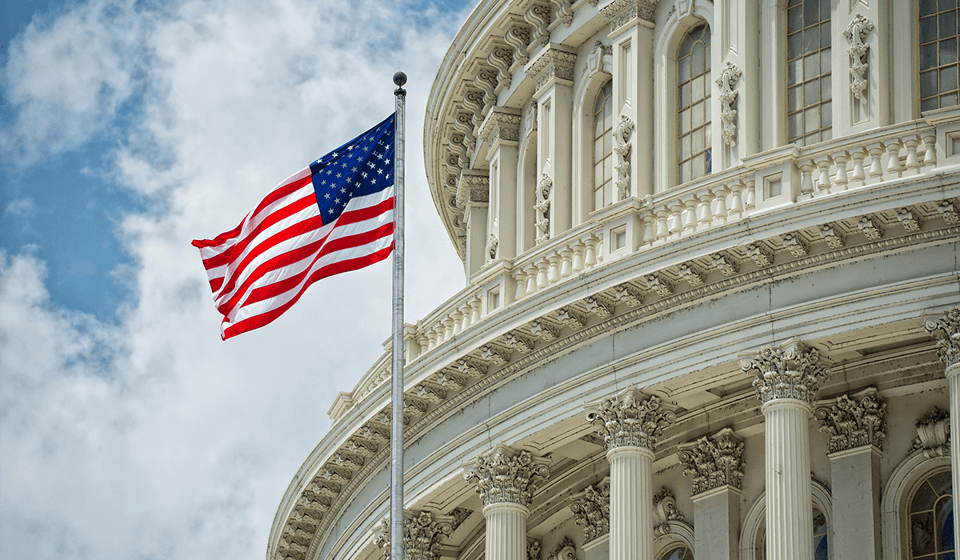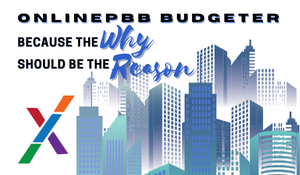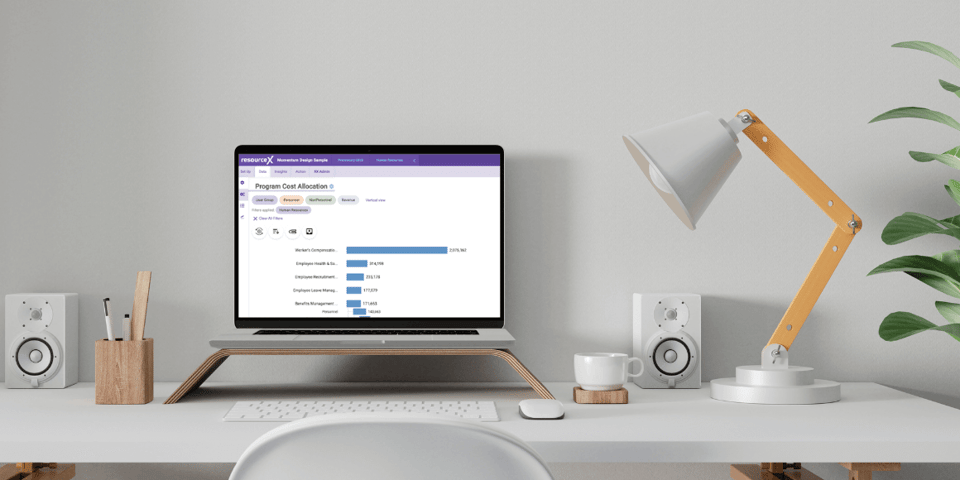The Government Finance Officers Association (GFOA) was founded in 1906 to facilitate positive change and advance excellence in public finance. The association, which currently comprises more than 20,000 members, represents federal, state/provincial, and local finance officials across the United States and Canada.
To support its mission of education and advocacy, GFOA publishes best practices across a broad range of categories that identify specific policies and procedures to improve government management. These GFOA-approved best practices define proactive steps that governments can take to effect change and promote excellence.
In 1984, GFOA launched the Distinguished Budget Presentation Awards Program to recognize state and local governments that successfully prepare budgets based on GFOA’s budgeting best practices and guidelines established by the National Advisory Council on State and Local Budgeting.
To date, about 1,800 nonfederal government entities (state, local, county, special district, and school district) have earned this recognition by preparing budgets that meet the program’s stringent criteria.
Currently, GFOA recommends 28 budgeting best practices for state and local governments that cover budget policies, planning, revenue, analysis, techniques, monitoring, and communications.
What’s driving the need to establish budgeting best practices at the state and local levels? And how can budgeting teams more easily implement these best practices in government organizations that aren’t always quick to embrace change?
Why GFOA Best Practices Matter for State and Local Government Budgeting
Community needs are becoming more and more complex. As this complexity increases, state and local governments must shift their focus away from strictly line-item budgets and think strategically.
Strategic budgeting is critical because it extrapolates the traditional line-item budget to programs, which aligns funding with the community’s priorities. When governments budget programmatically, they reduce waste, improve efficiency, and address real needs by basing budgets on priorities rather than on the previous year’s numbers.
GFOA’s Rethinking Budgeting initiative helps state and local government leaders better meet these needs by introducing improved approaches to budgeting, such as priority-based budgeting; new technologies and budgeting software; and best practices that support successful community outcomes.
Current GFOA Best Practices
The GFOA website currently lists 28 budgeting best practices broken out into seven categories:
1. Budget Policies
- Achieving a Structurally Balanced Budget
- Adopting Financial Policies
- Fund Balance Guidelines for the General Fund
- Recommended Budget Practices from the National Advisory Council on State and Local Budgeting
- Working Capital Targets for Enterprise Funds
2. Planning
- Establishment of Strategic Plans
- Long-Term Financial Planning
- Role of the Finance Officer in Supporting Fiscal Sustainability
3. Revenue
- Establishing an Effective Grants Policy
- Establishing Government Charges and Fees
- Pricing Internal Services
4. Budget Analysis
- Evaluating Service Delivery Alternatives
- Financial Forecasting in the Budget Preparation Process
- Inflationary Indices in Budgeting
- The Use of Trend Data and Comparative Data for Financial Analysis
5. Budget Techniques
- Basis of Accounting versus Budgetary Basis
- Effective Budgeting of Salary and Wages
- Public Engagement in the Budget Process
- Role of the Finance Officer in Collective Bargaining
- Strategies for Managing Health-Care Costs
6. Budget Monitoring
7. Communications
- Accurately Displaying Total Expenditures in Budget Presentations (Budget Consolidations)
- Capital Budget Presentation
- Departmental Presentation in the Operating Budget Document
- Making the Budget Document Easier to Understand
- The Statistical/Supplemental Section of the Budget Document
- Website Posting of Financial Documents
How Budgeting Software Can Help You Implement GFOA Budgeting Best Practices
When you’re building any framework, the right tools make the process more efficient and effective. If you’re implementing GFOA best practices, budgeting software can help you execute many of the elements required to achieve your goals.
If your organization is working toward a GFOA Distinguished Budget Award designation, ResourceX’s program-focused budgeting solution provides support for many of the required criteria, including defining priorities, goals, objectives, and performance metrics at the program level.
Strategic Budgeting Starts with Programs and Priorities
Aligning state and local government budgets with GFOA best practices allows decision makers to allocate funding strategically. When the focus shifts from line items to programs, governments have the ability—and agility—to meet today’s needs and pivot when necessary to address evolving community priorities.
Download the 2021 Impact Report to learn how thinking programmatically and implementing priority-based budgeting is helping local governments achieve significant, lasting change in their communities.








